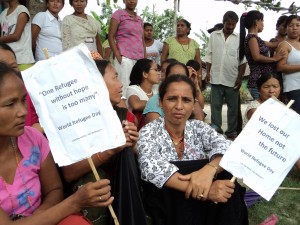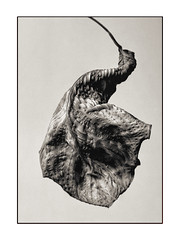There were seven Bhutanese refugee camps in the eastern lowlands of Nepal, where the population has grown from 80,000 in 1992 to 105,000 in 2007.
Since 2008 many thousands of Bhutanese refugees have left the camps as part of the resettlement programme, moving to start new lives in the USA, Canada, Australia, New Zealand, Denmark, the Netherlands and Norway.

As of the beginning of 2010 there was a population of approx. 85,000 still living in the camps. According to UNHCR, through the 1990s and 00s at least 40 percent of the population in the camps was under the age of 17 . These young people had spent most, if not all, of their lives living as refugees.Bhutanese refugee camp
There were seven Bhutanese refugee camps holding an estimated population of 105,000. The camps are located in the south eastern part of Nepal, in the districts of Jhapa and Morang till 2011.
When first established in the early 1990s the camps were hailed by the United Nations High Commission for Refugees (UHNCR) as models of good practice. From the beginning, high levels of participation from the refugee community meant that a highly effective infrastructure was put in place. The education system and general living conditions were seen as some of the best for refugee camps around the world.
However, as the Bhutanese refugee situation has become more protracted, standards in the camps have become worse.
A combination of donor fatigue, which has resulted in cuts in the budget, and the exodus of the young and the educated, who have gone to seek work outside the camps, has meant that the quality of living conditions has dropped dramatically in recent years.
 There are now only five camps viz: Beldangi-I, Beldangi-II, Beldangi-II Extension, Sanischare and Khudunabari.
There are now only five camps viz: Beldangi-I, Beldangi-II, Beldangi-II Extension, Sanischare and Khudunabari.
If everything goes as projected by the United Nations High Commissioner for Refugees (UNHCR) and resettling countries, at least 10.37 percent of exiled Bhutanese are likely to remain in the camps when the ongoing resettlement program ceases by 2015.
The initial camp population of 113, 486 has come down to 54,652 as 58,834 individuals have left for various western countries by January 19 this year, according to the UNHCR.
In total, 49,396 exiled refugees have left for the US, 4,213 for Canada, 3,217 for Australia, 589 for New Zealand, 612 for Denmark, 372 for Norway, 324 for the Netherlands, and 111 for the United Kingdom.
Of the remaining residents, at least 42,873 individuals have declared an interest in resettlement. Once this figure leaves for resettlement, the camp population will come down to 11,779.









Nice to learn about Bhutanese Refugees……..
It would be nice more if details about other the refugees.
But it is nice thanx
from the voice of lancaster youth ,this is govinda from lancaster like this website ,which we can know more news as we r in usa
If Bhutanese refugees have little love of there”s land they can do anythings for Bhutan.
all the information are up to dates good story like it !!!!!!!!!!!!
well…….good details and story about refugees i like it !!!!!!!!!!!!
congratulation and keep on moving ahead doing this creative work
“congratulation and keep on moving ahead doing this creative work”
Emotions shout but we hear only the echo:::::::::gd wk man:::::